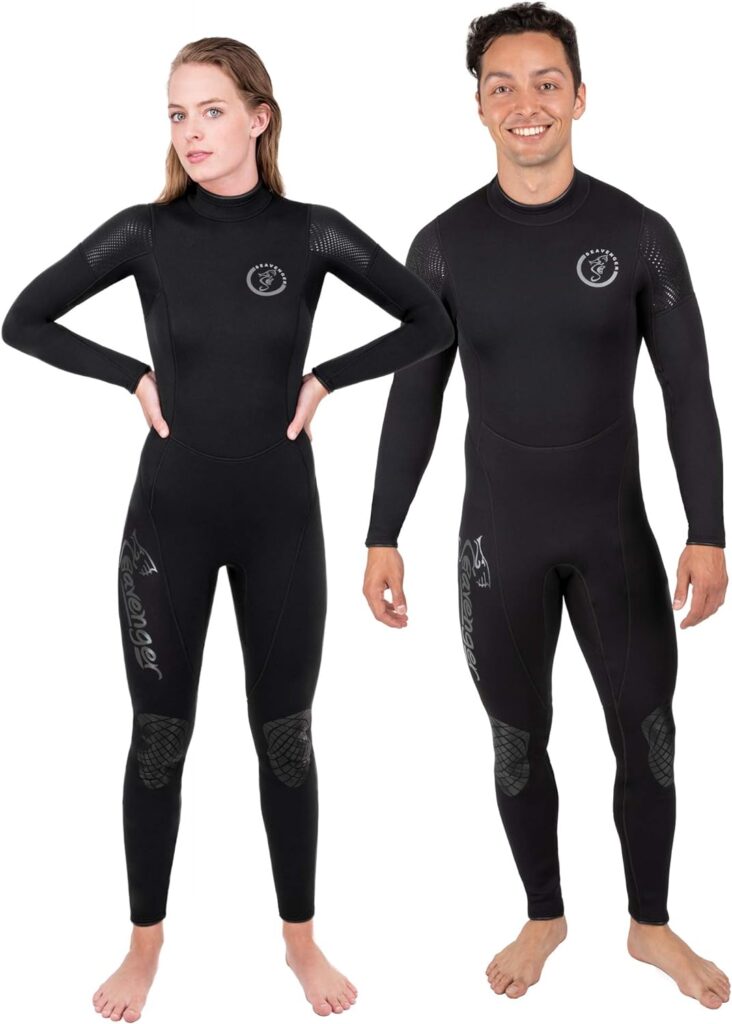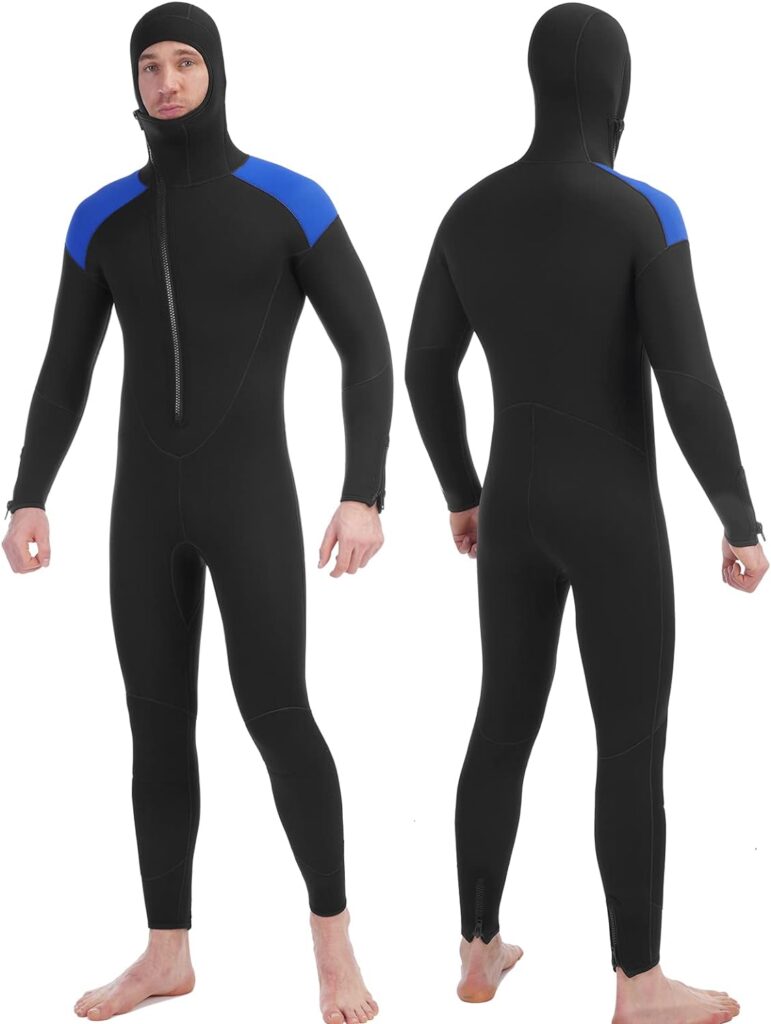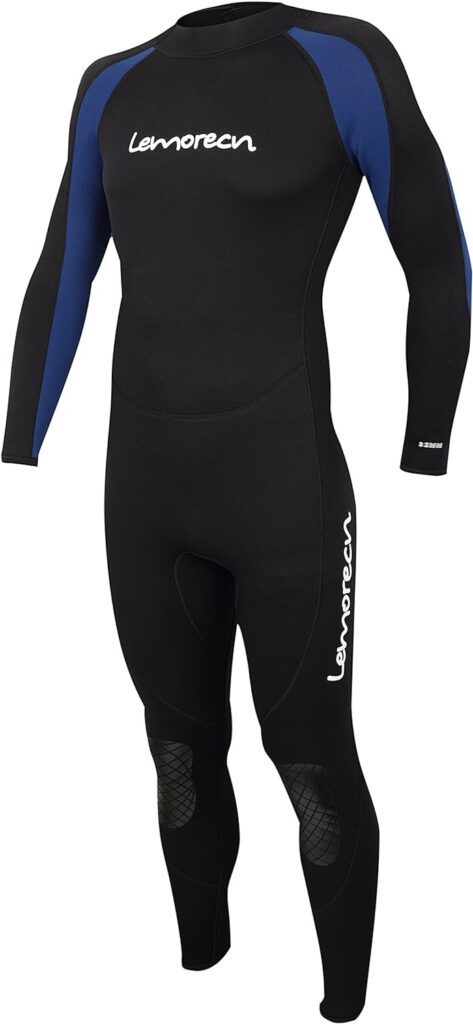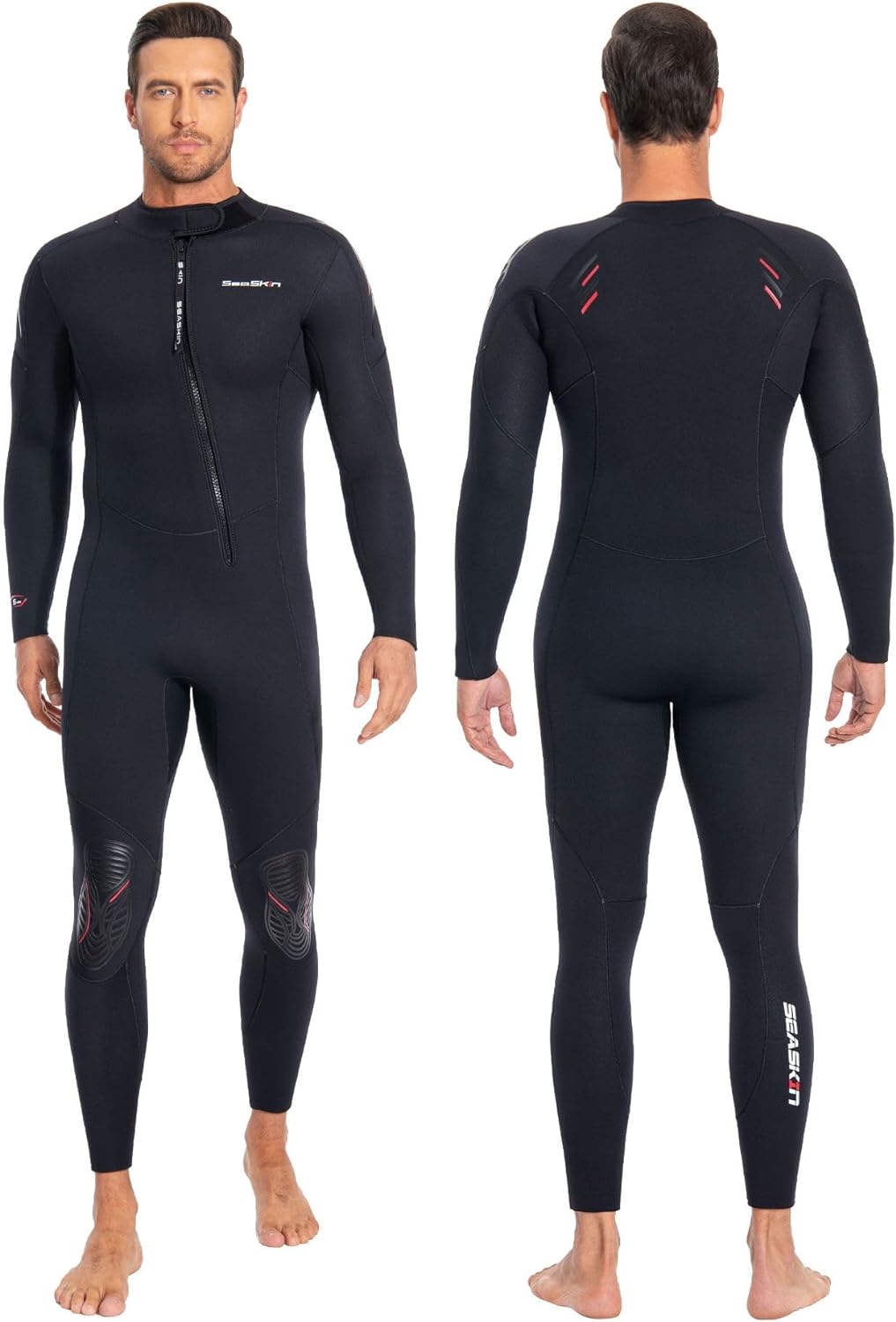What Thickness Wetsuit Do I Need
While there are many factors to consider when it comes to how to pick a wetsuit, the thickness of a wetsuit is a priority when it comes to the temperature of water. So, what thickness wetsuit do I need? Well, it all depends on your type of water activity and the temperature.
Choosing the right wetsuit is not about picking just any thickness, you have to choose based on the water condition and water sports being involved in. The choice of wetsuit thickness can be the difference between an exhilarating escapade and a bone-numbing nightmare.
Now that you know that thickness matters in wetsuit choice, let’s get deeper into the science of wetsuit thickness and answer your question “What thickness wetsuit do I need?” So, buckle up for an odyssey that will transform your fear of hypothermia into confidence in having fun in chilly waters.
What Thickness Wetsuit Do I Need? – Understanding Wetsuit Thickness
When it comes to choosing a wetsuit, thickness is the first thing to consider alongside the temperature of the environment where you will use the suit. After all the main purpose of a wetsuit is to provide warmth in water so, the colder the water, the thicker the wetsuit you will need.
Also, we all tolerate coldness differently. So, your preference will be different from mine because your body may not be as tolerable as mine when it comes to chilly water. But the main difference should be around 1mm
If you can’t tolerate chilly water like other people, you need to raise your wetsuit thickness by 1mm from the norms. Usually, before choosing your wetsuit, you should consider the time of the year you want to use it, whether it is winter, fall or summer.
The thickness of the wetsuit material which is neoprene is measured in millimeters (mm). With a thicker wetsuit, you get more insulation which is perfect for colder water. On the other hand, thinner wetsuits offer less insulation perfect for warmer waters.
These wetsuit thicknesses don’t only offer warmth but also protection against elements such as jellyfish stings, abrasions and UV radiation. Here is a chart that explains what each thickness offers:
| Water Temperature (°C) / (°F) | Torso (mm) | Arms & Legs (mm) | Notes |
| 19°C + / 66°F + | 1-2 mm | Not required (optional Rashguard) | Warm water and sun protection may be preferred. |
| 16-18°C / 61-64°F | 2-3 mm | 1-2 mm | Spring/summer suit for moderate climates. |
| 12-16°C / 54-60°F | 3-4 mm | 2-3 mm | Spring suit or fullsuit for cooler waters. |
| 8-12°C / 46-54°F | 4-5 mm | 3 mm | Fullsuit recommended for most activities. |
| 4-8°C / 39-46°F | 5-6 mm | 4 mm (booties & gloves recommended) | Hooded fullsuit ideal for colder waters. |
| Below 4°C / Below 39°F | 6-7 mm+ | 4-5 mm+ (booties, gloves, hood essential) | Specialized cold-water wetsuits are required. |
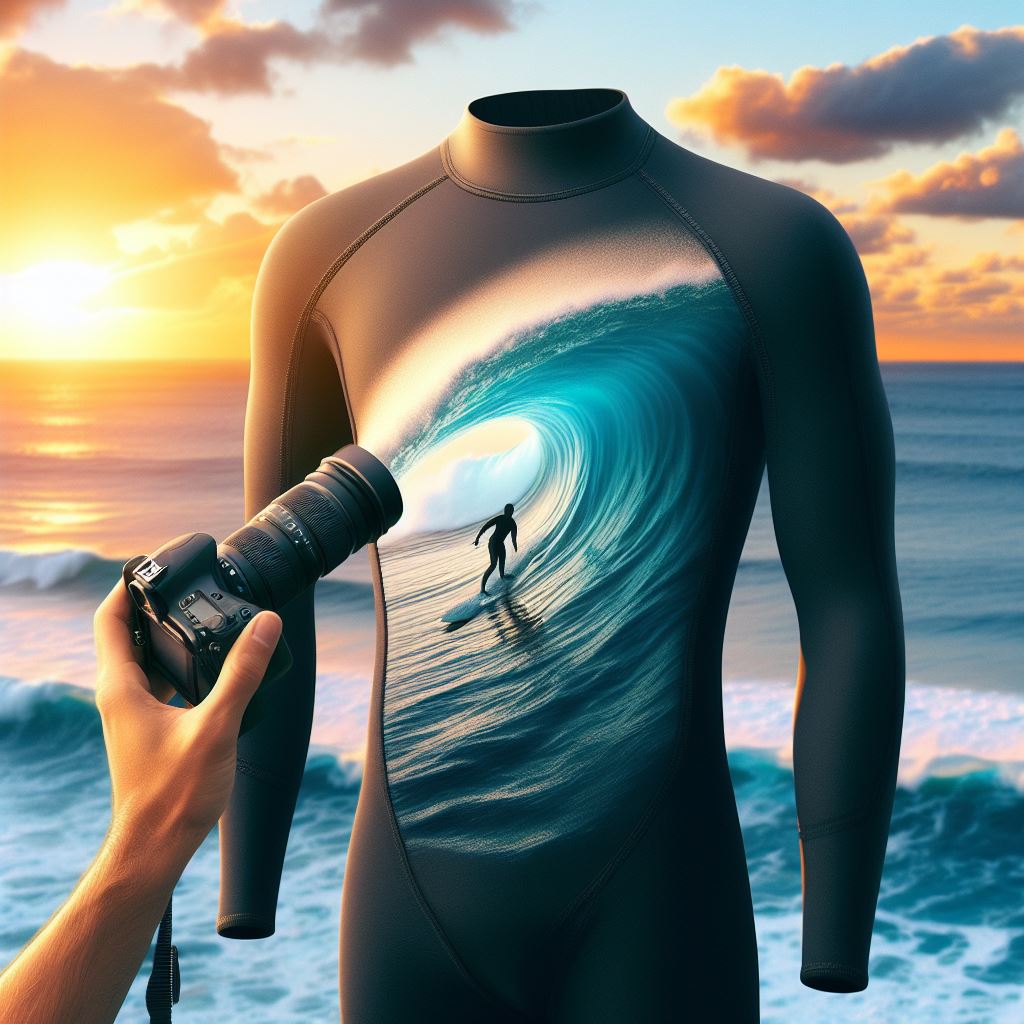
Wetsuit Thickness Breakdown: Finding Your Perfect Fit
The best Wetsuits are crucial in keeping you warm in or on water. Here, let me explain in detail, what each thickness means:
1- 2 MM Wetsuits
1 – 2mm wetsuit thickness usually comes in shorty wetsuits. These wetsuits are perfect for warm water temperatures of above 66°F / 19°C upward. They offer protection and minimal warmth for water sports such as lounging on the beach and paddleboarding in warm climates. They are like your second skin. Rashguards or spring suits are recommended.
RELATED: 10 Best Wetsuit Changing Mats- Protect Your Wetsuits
3 MM Wetsuits
3mm wetsuits are perfect for those who are not satisfied by 1 – 2mm. For instance, if you are the type that feels chilly easily, you might want to consider a 3mm wetsuit in the summer. These wetsuits are handy for anyone who surfs at dawn or dusk and looking for something warmer than a shorty wetsuit.
3 mm wetsuits are also good when summer is coming to an end going into the autumn months. These wetsuits can be used for moderate temperatures of 16-18°C (61-64°F). Recommended for spring and autumn surfing or diving, it is good for temperate climates. Full-length wetsuits are good examples.
4mm Wetsuits
When it comes to choosing a wetsuit for most time of the year, 4mm wetsuits come in handy. The good thing is that you can use it in the summer to the early winter. It is suitable for water temperatures between 12-15°C (54-59°F). It offers increased insulation while maintaining flexibility.
With this wetsuit thickness, you can enjoy early spring or late autumn surfing and diving. An example of such a wetsuit is a chest zip fullsuit.
5mm Wetsuits
Commonly designed for winter, 5mm wetsuits offer a range of features that keep you warm as the temperature deepens to around 9-11°C (48-52°F).
During prolonged exposure to chilly waters, 5mm wetsuits provide you with warmth. They are perfect for cold water activities, Hooded chest zip fullsuits are examples of 5mm wetsuits.
6mm Wetsuits
When the coldest winter months arrive and you are ready to go on a water sports escapade, 6mm wetsuits are your companions. These suits are one of the thickest you can find on the market and usually come with a hood for warmth.
When the winter heightens and the temperature is below 9°C (below 48°F), 6mm wetsuits are great. They are great around November to February. They are fullsuits with a hood for added warmth. Water shoes and gloves will complement these suits.
7mm Wetsuits
7mm is the best for extreme weather. When the chronic rain and snowfall grace the podium and you want to get in the water, you will need 7mm wetsuits. If you are also taking a deep dive where the temperature is constantly low below 39°F / 4°C, these suits come in handy.
The wetsuit provides heavy-duty insulation and protection against icy water, allowing you to expose yourself to the harsh water environment. They come with a hood for optimal insulation. But you will need a serious water shoe and glove to protect your feet and hands.
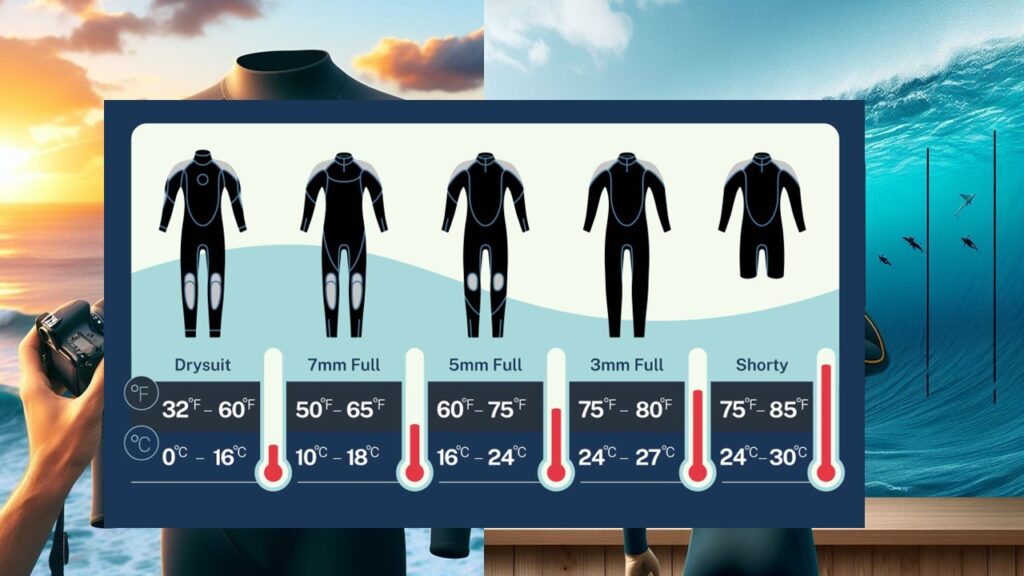
Factors Affecting Warmth In Wetsuit
When it comes to staying well-insulated in water, wetsuit thickness matters. Although wetsuit thickness is important for warmth, other factors also come into play. Here are other factors that affect how you stay toasty in the water:
1. Windchill
Just like we experience it on land, wind whipping across the water can take away your body heat. So, when choosing a wetsuit, think about the windchill of the water you will be exploring. A windier day might make choosing a thicker wetsuit necessary, even if the water temperature is manageable.
2. Activity Level
Activity level influences the level of heat your body will generate. High-intensity activities such as paddling, surfing or swimming vigorously help your body to generate more heat, making you feel warmer.
This can allow for thinner wetsuits compared to activities that are not high-intensity like fishing or diving.
3. Personal Chill Factor
We have different tolerance for cold. If you have less tolerance for cold, you might want to jack up the thickness of your wetsuit by 1mm from the normal thickness. You can also add accessories such as a hood, booties or rashguard if you tend to feel cold easily.
RELATED: Do You Need a Wetsuit to Surf? Uncover the Truth Now!
4. How Frequent You Enter And Exit Water
If you constantly enter and exit water letting fresh, cold water flush through your suit, you might want to go for a thicker wetsuit or a suit that is tighter fit to minimize water exchange and maintain warmth.
Additionally, a wetsuit loses insulation more quickly than a dry suits, so you may want to minimize exposure to air and wind to retain heat.
Exactly What Thickness Wetsuit Do I Need?
Let’s answer the question what thickness wetsuit do I need with this comprehensive table for men, women and kids.
| Water Temperature (°C / °F) | Season | Wetsuit Type | Women’s Thickness (mm) | Men’s Thickness (mm) | Kids’ Thickness (mm) |
| Above 30°C / 86°F | Summer | Shorty | 1mm | 1mm | 1mm |
| 24-29°C / 75-84°F | Summer | Shorty | 1mm | 1mm | 1mm |
| 20-23°C / 68-73°F | Spring/Fall | Shorty/Spring Suit | 2mm | 2mm | 2mm |
| 16-19°C / 61-66°F | Spring/Fall | Spring Suit | 3/2mm | 3/2mm | 3/2mm |
| 12-15°C / 54-59°F | Fall/Spring | Full Suit | 4/3mm | 4/3mm | 4/3mm |
| 9-11°C / 48-52°F | Fall/Spring | Full Suit | 5/4mm | 5/4mm | 5/4mm |
| Below 9°C / Below 48°F | Winter | Full Suit with Hood | 6/5mm or 5/4mm with hood | 6/5mm or 5/4mm with hood | 6/5mm or 5/4mm with hood |
How Is Wetsuit Thickness Measured?
Understanding how wetsuit thickness is measured is important because the measurement can be confusing at times. The thickness of a wetsuit is indicated by either two or three numbers separated by a slash. An example is 4/3/2.
Wet suit thickness is measured in millimeters (mm). If the thickness measurement comes in three numbers, the first indicates the torso’s thickness. The second number indicates the thickness of the extremities and the third number if applicable is the thickness of the arms.
One thing you should remember is thicker wetsuits offer less flexibility than lighter wetsuits. However, you can enjoy flexibility in a thicker wetsuit if you choose the correct size that fits snugly. Don’t be afraid of snug fit.
Consider a wetsuit with less thickness in the arms and legs – 3mm preferable for activities that require a lot of movement such as surfing. 5mm is good for activities that require less movement such as diving.
The Bottom Line On What Thickness Wetsuit Do I Need
I have answered your question “What thickness wetsuit do I need?” The thickness of a wetsuit is important for warmth but you need to consider a lot of factors when choosing one. Your choice should also depend on the activity because thicker wetsuits may reduce mobility. So, you have a lot of things to consider when choosing a wetsuit thickness.
